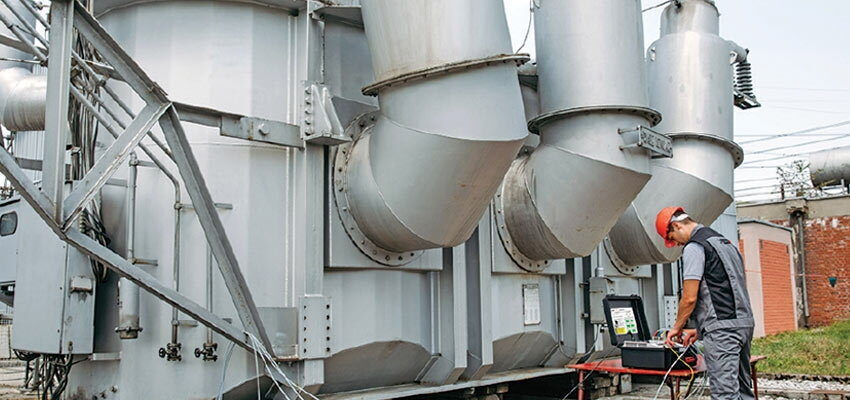
Acceleration of LV winding resistance measurement
A case study of an efficient measurement method Abstract The winding resistance measurement requires extended time. According to IEC 60076-1 and IEEE C57.12.90 standards, the...
byEdis OSMANBASIC, Kerim OBARCANIN

A case study of an efficient measurement method
Abstract
The winding resistance measurement requires extended time. According to IEC 60076-1 and IEEE C57.12.90 standards, the test should be performed using DC test current on all phases of the high voltage, low voltage, and tertiary sides, and for all tap positions. Speeding up this measurement is very attractive. This paper presents two approaches to transformer saturation: increasing the test current, and a special connection of the windings to increase the number of turns. The presented case study shows the difference between the regular test procedure and a modified one.
Keywords: transformer testing, winding resistance measurement, transformer saturation, test current, resistance stabilization
1. Introduction
Winding resistance measurement is a standard test performed on transformers. The test accuracy is very important in order to obtain a correct condition assessment of transformers. The measurement is performed using the four-wire (Kelvin) direct current (dc) method. The current through the circuit is established once the dc voltage is applied to the winding under test. This current creates the magnetic flux in the transformer magnetic core. This process is slow due to the inductance of the transformer (L) which acts as a damper and slows down the process. It is important to understand that the correct value of a winding resistance cannot be measured until the current and the inductance become stable, since these values change at the beginning of the measurement process.







